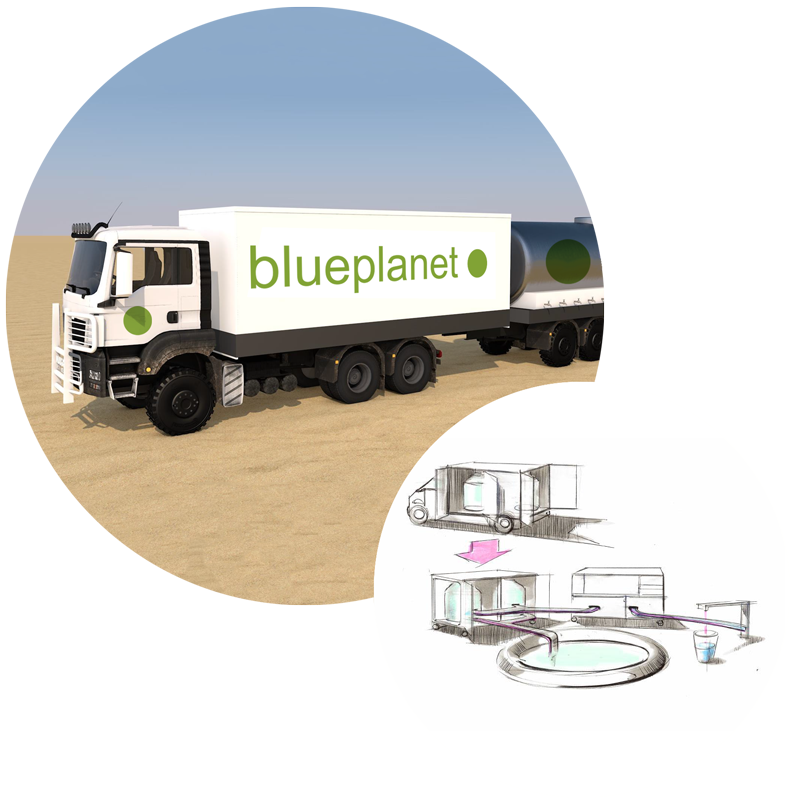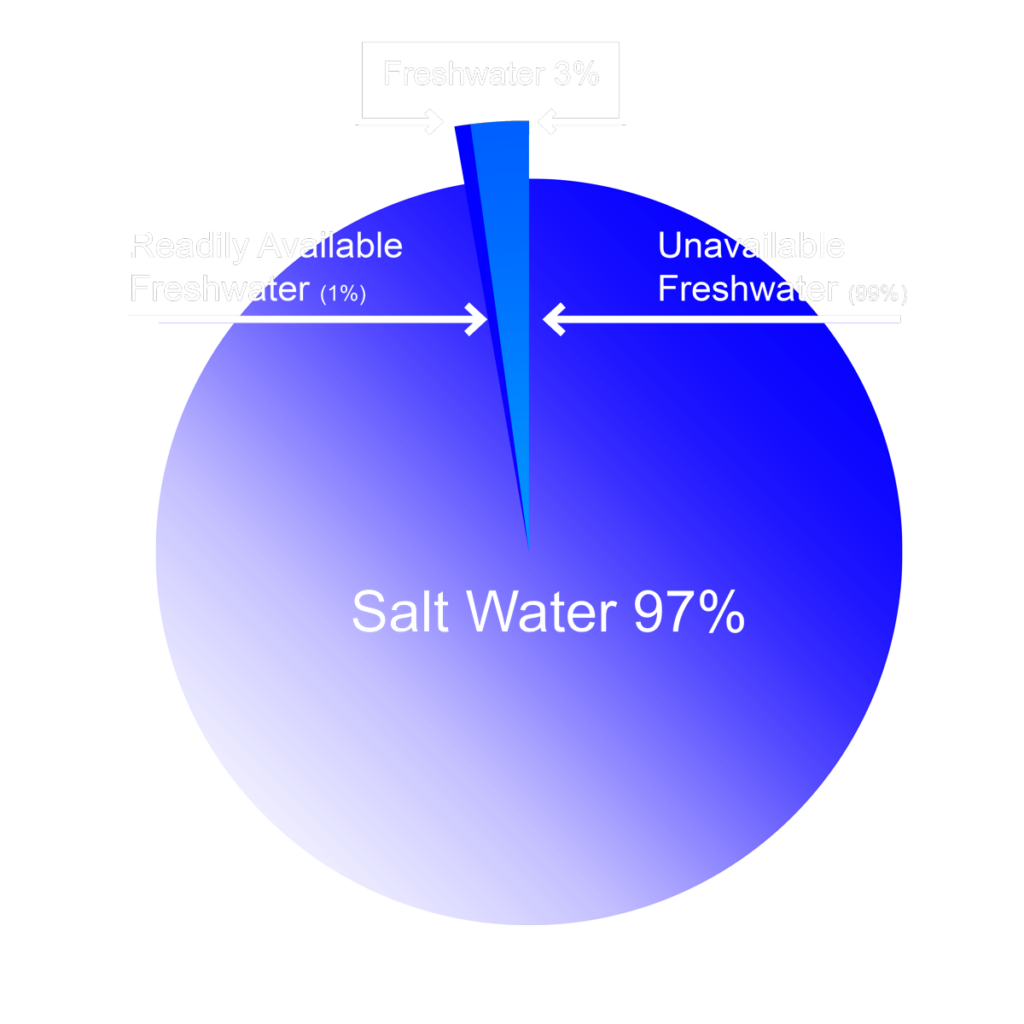
blueplanet ● water stands for decentralised and mobile drinking water treatment without the addition of alcohol, aldehydes, dyes, fragrances or additives.
blueplanet ● water and MWT mobile water GmbH have made it their business mission to push the global improvement of drinking water quality forward and to provide access to clean water in remote and poor places as well as in disaster and conflict areas.

Nowadays, declining water quality has become a global concern. Water pollution mostly occurs because of agriculture run-off, domestic sewage, and industrial effluents. Waterborne diseases are caused by a variety of microorganisms, biotoxins, and toxic contaminants, which lead to devastating illnesses such as cholera, schistosomiasis, and other gastrointestinal problems. Communities, especially in the developing world, face elevated disease burden from waterborne diseases.
Every year more than 3.4 million people die because of water-related diseases, making it the leading cause of morbidity and mortality around the world. Water treatment processes can control waterborne disease transmission and reduce the number of cases of these.

With an increasing number of mobile truck-mounted water treatment facilities (“MWT-DC 2021“) we can also reach areas that are difficult to access. Each of the MWT-DC 2021 can produce clean and safe drinking water from waste water, contaminated ground water, used water, recycled water and rain water.
Only 10 MWT-DC 2021s will have a capacity of about 46 million liters of clean and safe water per day at full capacity, providing 25 liters of water per day to nearly 1,840,000 people.

Global Water Availability
About 70% of the earth’s surface is covered in water, but 97% of it is saltwater, which is unfit for human use. Of the remaining 3% of the world’s water resources, only about 1% is readily available for human consumption („How Much Water is There on Earth?“, 2020).
Many countries are already experiencing water scarcity conditions. Many more countries will face a reduced availability of surface water resources by 2050 (Veldkamp, T. I. E. et al, 2017).
Currently, 12% of the world population drinks water from unimproved and unsafe sources. More than 30% of the world population, or 2.4 billion people, lives without any form of sanitation. Lack of sanitation contributes to water pollution. (UNICEF, W.H.O. 2015 Progress on Sanitation and Drinking Water-2015).
Water Pollution
Water pollution has worsened, affecting almost every river in Africa, Asia and Latin America over the last 3 decades. At present 80% of industrial and municipal wastewaters are released untreated. (Sebastian, F. P. Purified Wastewater: The Untapped Water) Effluents from wastewater are projected to increase because of rapid urbanization and the high cost of wastewater treatment.
Demand for water will increase by 2050 but the availability of water will be reduced. Water resources will reduce. (Boretti, A. et. Al 2019)
We have to act now!